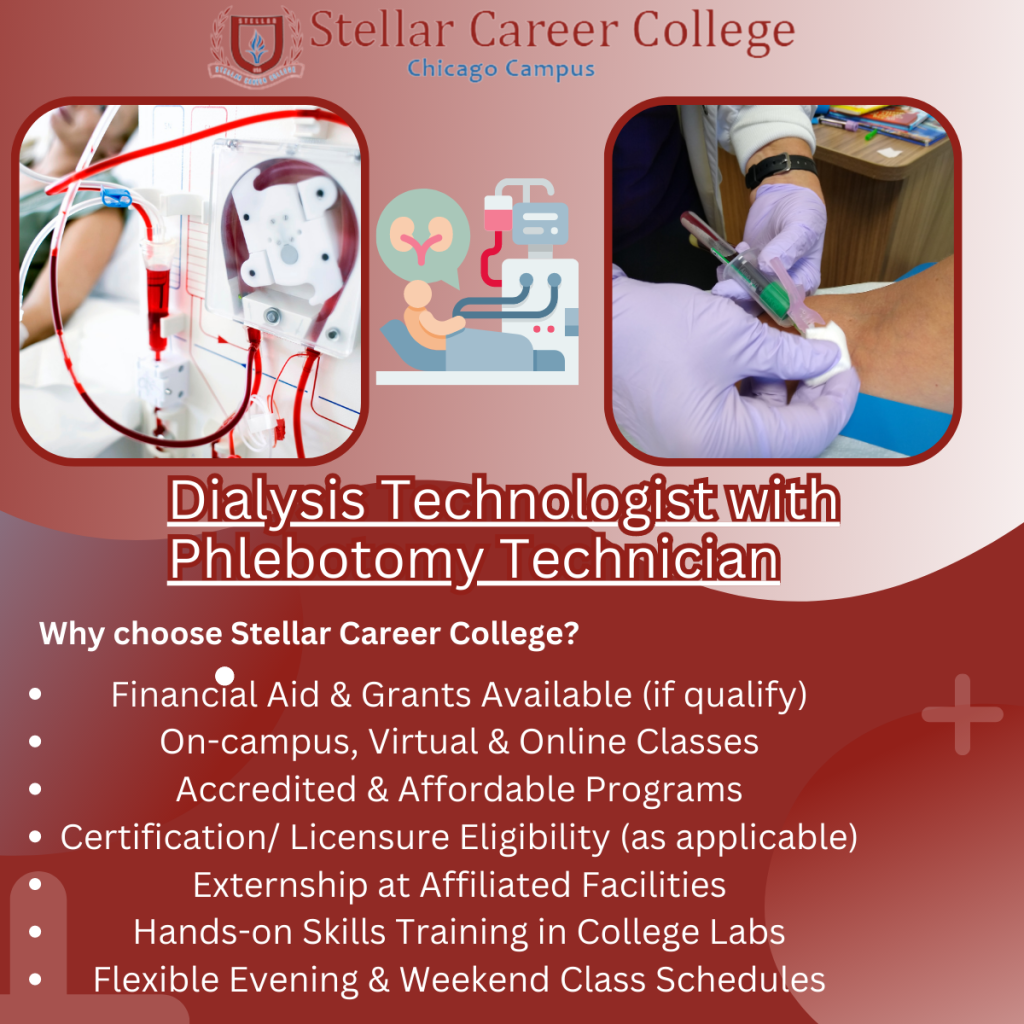Getting My Northeast Medical Institute - New Haven Campus Phlebotomy Course & Cna Class To Work
Getting My Northeast Medical Institute - New Haven Campus Phlebotomy Course & Cna Class To Work
Blog Article
Northeast Medical Institute - New Haven Campus Phlebotomy Course & Cna Class Fundamentals Explained
Table of ContentsNortheast Medical Institute - New Haven Campus Phlebotomy Course & Cna Class - TruthsThe 5-Second Trick For Northeast Medical Institute - New Haven Campus Phlebotomy Course & Cna ClassOur Northeast Medical Institute - New Haven Campus Phlebotomy Course & Cna Class PDFsEverything about Northeast Medical Institute - New Haven Campus Phlebotomy Course & Cna ClassNortheast Medical Institute - New Haven Campus Phlebotomy Course & Cna Class - The FactsThe Definitive Guide to Northeast Medical Institute - New Haven Campus Phlebotomy Course & Cna Class
The use of such devices must be accompanied by other infection prevention and control practices, and training in their use. Not all safety devices are suitable to phlebotomy. Prior to choosing a safety-engineered gadget, individuals must completely check out offered tools to determine their appropriate usage, compatibility with existing phlebotomy techniques, and efficacy in securing staff and people (12, 33).For settings with reduced resources, expense is a driving aspect in purchase of safety-engineered devices. Where safety-engineered gadgets are not available, experienced usage of a needle and syringe is appropriate.
labelling); transport conditions; interpretation of results for clinical management. In an outpatient department or clinic, offer a specialized phlebotomy workstation containing: a clean surface with two chairs (one for the phlebotomist and the various other for the person); a hand clean container with soap, running water and paper towels; alcohol hand rub. In the blood-sampling area for an outpatient division or facility, offer a comfortable reclining sofa with an arm rest.
Northeast Medical Institute - New Haven Campus Phlebotomy Course & Cna Class Things To Know Before You Get This
Make sure that the signs for blood tasting are plainly defined, either in a created method or in documented instructions (e.g. in a laboratory form). Collect all the devices required for the procedure and location it within secure and very easy reach on a tray or trolley, ensuring that all the products are plainly visible.
Where the person is adult and conscious, comply with the actions described below. Introduce yourself to the individual, and ask the person to state their complete name. Examine that the lab kind matches the patient's identity (i.e. match the individual's information with the research laboratory kind, to ensure accurate identification). Ask whether the patent has allergies, phobias or has actually ever fainted throughout previous shots or blood draws.
Make the client comfortable in a supine placement (if possible). The client has a right to decline an examination at any time prior to the blood sampling, so it is crucial to ensure that the person has understood the procedure - PCT Classes.
The 3-Minute Rule for Northeast Medical Institute - New Haven Campus Phlebotomy Course & Cna Class
Prolong the client's arm and inspect the antecubital fossa or forearm. Locate a capillary of a great dimension that is noticeable, straight and clear.
DO NOT insert the needle where capillaries are diverting, since this enhances the possibility of a haematoma. Finding the capillary will aid in determining the appropriate size of needle.
Haemolysis, contamination and visibility of intravenous liquid and medicine can all change the results (39. Nursing personnel and physicians might access central venous lines for samplings complying with procedures. Nonetheless, specimens from central lines carry a threat of contamination or incorrect lab examination outcomes (https://trello.com/w/northeastmed). It serves, but not optimal, to draw blood samplings when first presenting an in-dwelling venous gadget, prior to linking the cannula to the intravenous fluids.
Indicators on Northeast Medical Institute - New Haven Campus Phlebotomy Course & Cna Class You Need To Know
Permit the location to dry. Failure to allow enough get in touch with time boosts the threat of contamination. DO NOT touch the cleansed website; specifically, DO NOT put a finger over the vein to direct the shaft of the subjected needle. It the site is touched, repeat the disinfection. Carry out venepuncture as complies with.
Ask the individual to form a fist so the capillaries are more popular. Go into the capillary quickly at a 30 degree angle or less, and continue to present the needle along the blood vessel at the most convenient angle of entrance - CNA Training. Once sufficient blood has actually been accumulated, launch the tourniquet BEFORE taking out the needle
Not known Details About Northeast Medical Institute - New Haven Campus Phlebotomy Course & Cna Class
Withdraw the needle delicately and apply mild pressure to the site with a tidy gauze or dry cotton-wool round. CNA Courses Ask the person to hold the gauze or cotton wool in position, with the arm prolonged and raised. Ask the individual NOT to bend the arm, because doing so triggers a haematoma.

Things about Northeast Medical Institute - New Haven Campus Phlebotomy Course & Cna Class
Where possible, keep the tubes in a rack and relocate the shelf in the direction of you - https://northeastmed.wordpress.com/2024/06/29/northeast-medical-institute-new-haven-campus-phlebotomy-course-cna-class/. If the example tube does not have a rubber stopper, inject incredibly slowly right into the tube as lessening the pressure and rate made use of to move the specimen decreases the threat of haemolysis.
:max_bytes(150000):strip_icc()/Primary_Image-b2e24c37575f48279cff673865d3853c.jpg)
Report this page